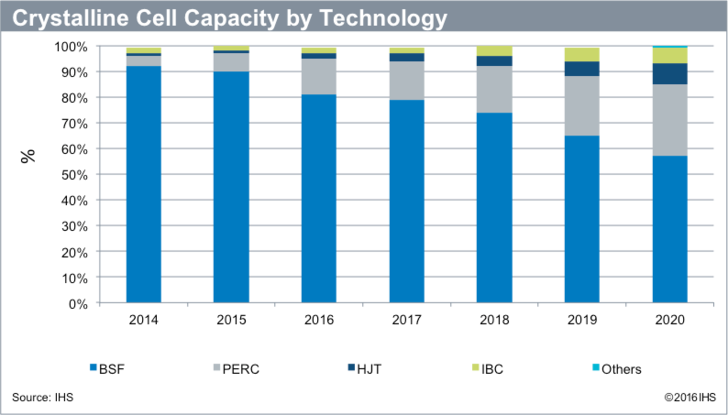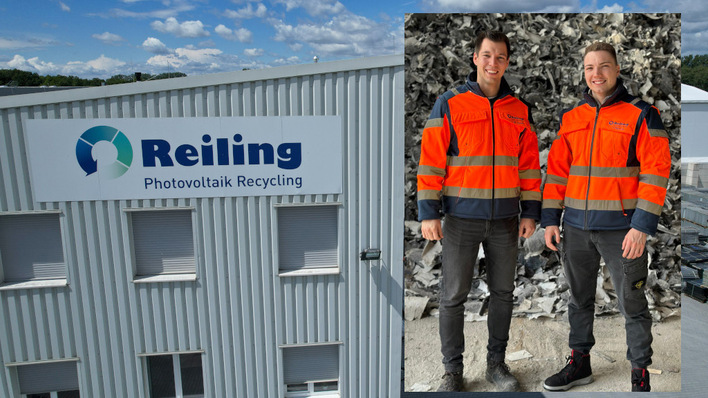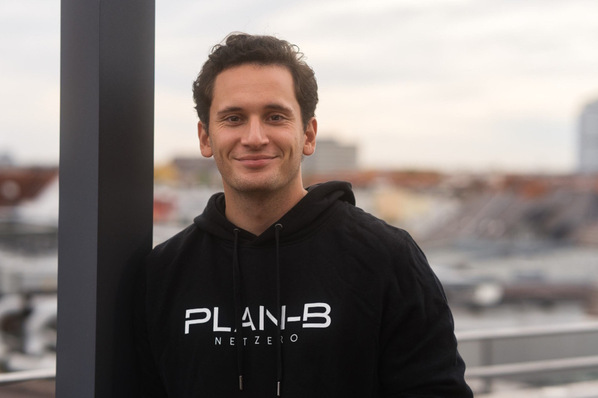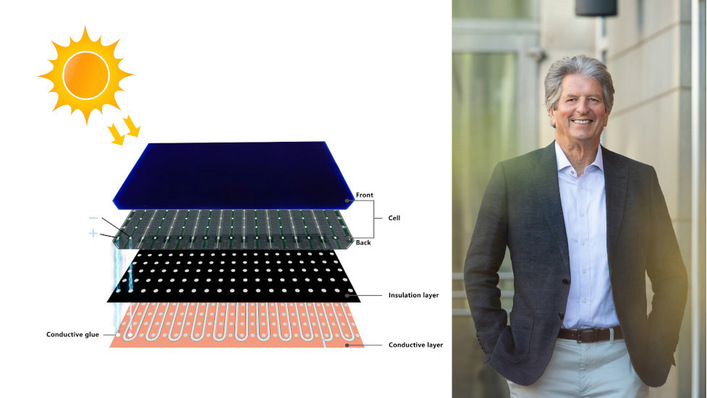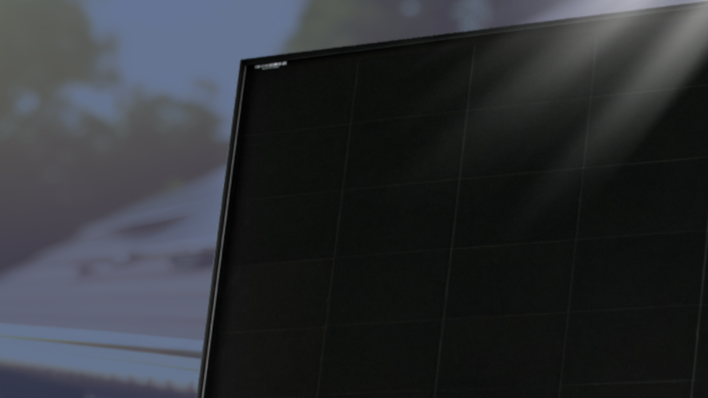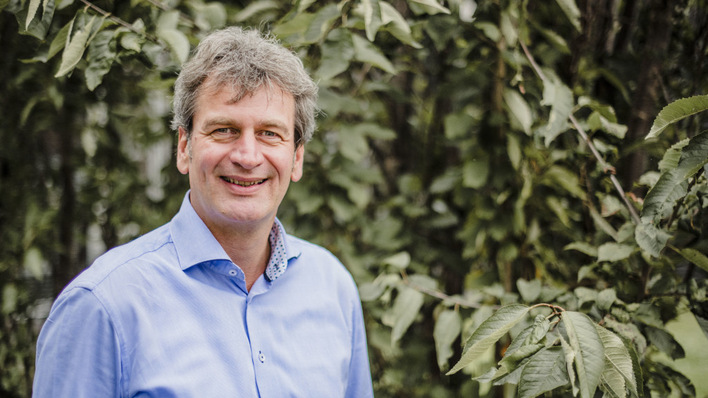“For the last decade, screen-printed Al-back surface field cells (Al-BSF) have dominated the photovoltaic (PV) cell technology market. IHS Markit forecasts that this technology will retain its leadership until 2020, because of its proven track record and lower production cost. However, it will face increasing competition from passivated emitter rear cells (PERC), heterojunction (HJT), interdigitated back contact (IBC) and other higher-efficiency cells. The market share of Al-BSF cells, which currently exceeds 80 percent of the market, will fall below 60 percent in 2020”, Jin stresses.
12 GW PERC production capacity by end of 2016
“Strong global demand for higher-efficiency modules is driving the growth of PERC and the next generation of n-type cell technologies, like HJT and IBC that are expected to gain market share from 2017 onwards. PERC will become a mainstream technology by 2020, as it occupies the leading position among the competing new technologies. It is being increasingly adopted by top cell manufacturers upgrading part of their existing in-cell lines into PERC or booking orders for new PERC lines. By the end of 2016, there will be 23 manufacturers producing PERC cells with a total global capacity of 12 gigawatts (GW), which is 14 percent of total global cell capacity.
Least capital-intensive technology for high efficiency
Economics is a major reason for this rapid expansion, since PERC is currently the least capital-intensive technology available for cell producers looking to rapidly achieve cell efficiency improvement gains by upgrading their existing cell production lines. The current module oversupply environment is expected to continue through 2017, which will drive lower average selling prices (ASPs) for cells and modules. To produce higher-efficiency modules -- and serve evermore demanding and knowledgeable customers --will help differentiate individual companies’ product offerings in this environment. Manufacturing higher-efficiency modules, and keeping tight control of production costs without compromising final product quality and performance, is critical during this time of forecasted price declines and declining gross margins for manufacturers”, Jin says.
N-Tpye cells with 14 percent market share by 2020
“N-Type cells are also forecast to increase steadily by 2020, from a minority 3 percent market share in 2015 to reach 14 percent by 2020. New niche technologies like HJT and IBC cells, which have already been successfully ramped by Panasonic and SunPower in recent years, are now quickly being adopted by other leading cell players. In the first quarter of 2016, the IHS Markit PV Supplier Tracker Q2 16 identified eight companies that had recently announced plans to invest in n-type cells for the first time. Many of these newcomers into n-type technology are second-tier players seeking a new niche market where they can compete with tier-1 players.
Major shift for equipment suppliers starting 2019
The increasing adoption of PERC and n-type technologies is also having major implications for both BSF and PERC equipment suppliers. Investments in PERC cell equipment have sharply increased in 2016, mainly because the installed capacity of PERC more than doubled this year. A major switch in PV cell equipment investment is expected in the next few years. Beginning in 2019, investments in BSF cells are expected to decline, while equipment orders for PERC, HJT and IBC will continue to grow, due to increased investment from cell suppliers”, Jin underlines. (HCN)
Related news:


